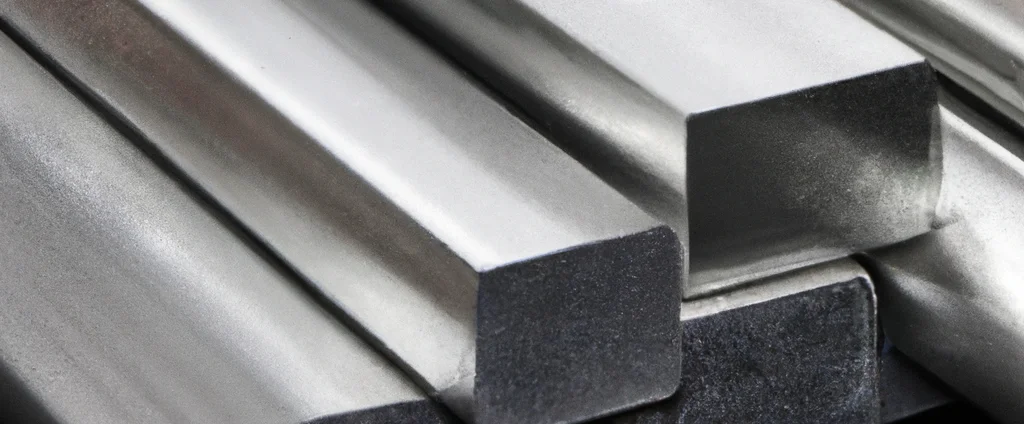Aluminum Alloy 6010 (UNS A96010)

Aluminum 6010 is a premium heat-treatable alloy made with magnesium and silicon, providing an optimal balance of high strength, excellent formability, and corrosion resistance. Its unique properties make it especially valuable for automotive and aerospace applications.
| Chemical Composition | ||
|---|---|---|
| Element | Min | Max |
| Aluminum | 95.3% | 98.3% |
| Chromium | —— | 0.1% |
| Copper | 0.15% | 0.6% |
| Iron | —— | 0.5% |
| Magnesium | 0.6% | 1.0% |
| Manganese | 0.2% | 0.8% |
| Silicon | 0.8% | 1.2% |
| Titanium | —— | 0.1% |
| Zinc | —— | 0.25% |
| Residuals | —— | 0.15% |
The following table provides a list of aluminum 6010 properties in both SI and US customary/Imperial units.
Click on the button to switch between Metric and Imperial units.
| Physical Properties | Metric |
|---|---|
| Density | 2710 kg/m3 |
| Mechanical Properties | Metric |
| Tensile Strength | 290 MPa |
| Yield Strength | 170 MPa |
| Young’s Modulus (E) | 69 GPa |
| Shear Modulus (G) | 26 GPa |
| Elongation at Break | 24% |
| Poisson’s Ratio (ν) | 0.33 |
| Brinell Hardness | 78 HB |
| Thermal Properties | Metric |
| Melting Point | 585 - 649 °C |
| Thermal Conductivity | 160 W/m·K |
| Specific Heat Capacity (Cp) | 890 J/kg·K |
| Coefficient of Thermal Expansion (αL) | 2.15×10-5 1/°C |
| Electrical Properties | Metric |
| Electrical Conductivity | 2.55×107 S/m |
| Electrical Resistivity | 3.9×10-8 Ω·m |
The values in this table are approximate and can vary depending on various factors such as the specific manufacturing process and heat treatment applied to the alloy.
Advantages & Disadvantages of Aluminum 6010
| Advantages | Disadvantages |
|---|---|
| High strength | Limited availability |
| Good weldability | Limited heat treatability |
| Corrosion resistance | High cost |
| Lightweight | |
| Formability |
Applications of Aluminum 6010
Aluminum 6010’s exceptional strength-to-weight ratio and manufacturing versatility make it indispensable across multiple high-performance sectors, including:
- Automotive industry: Used for structural components such as chassis frames, body panels, and crash management systems. Its high strength-to-weight ratio and good formability make it suitable for lightweighting vehicles and improving fuel efficiency.
- Aerospace industry: Utilized for structural components including aircraft fuselages, wings, and landing gear parts. The combination of strength, corrosion resistance, and lightweight properties makes it an attractive choice for aircraft manufacturing.
- Marine industry: Employed in boat building, ship structures, and offshore equipment due to its corrosion resistance and strength. It can withstand harsh marine environments while offering weight reduction advantages for improved performance.
- Construction industry: Used for applications such as building facades, roofing, window frames, and structural components. The combination of strength, corrosion resistance, and formability allows for the creation of durable and aesthetically appealing structures.
- Sporting goods: Employed in the production of bicycles, baseball bats, and tennis racquets. The high strength enables the construction of lightweight equipment that offers excellent performance characteristics.
- Industrial equipment: Used in the manufacturing of machinery frames, conveyor systems, and storage tanks. Its strength and corrosion resistance make it suitable for heavy-duty applications.
- Electrical industry: Utilized in electrical conductors, particularly for overhead power transmission lines. The combination of high conductivity and light weight makes it an efficient choice for transmitting electricity over long distances.
